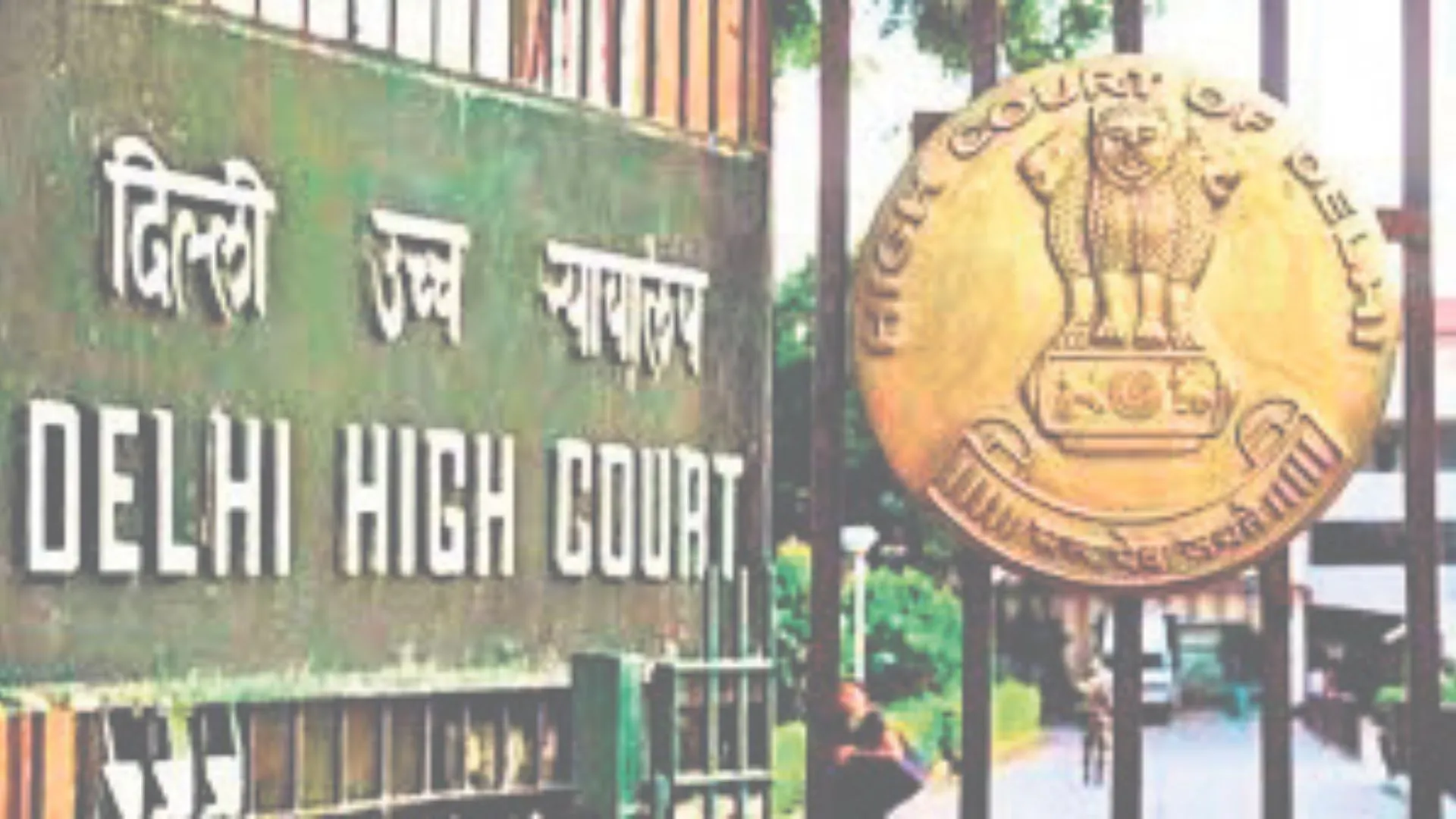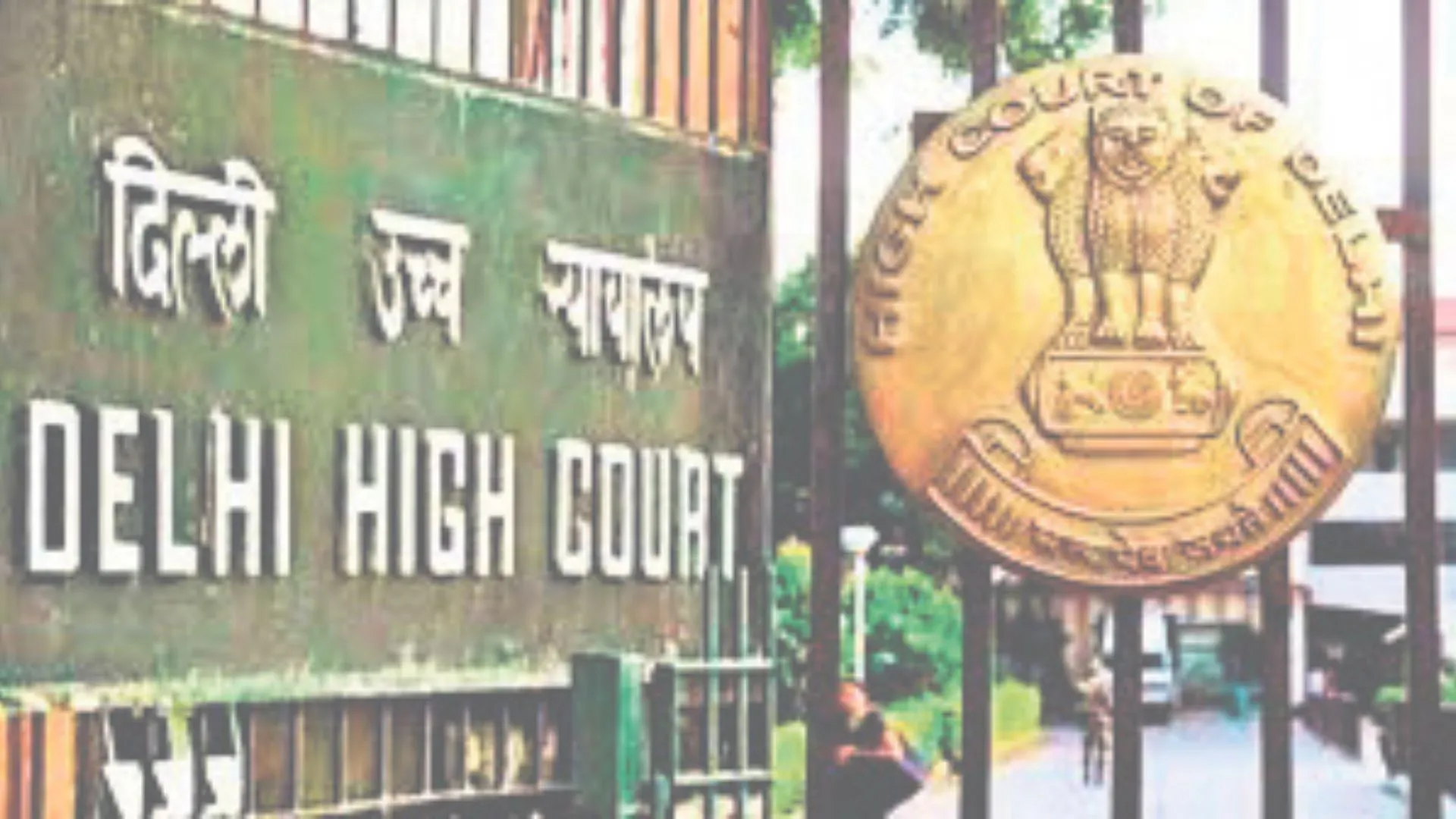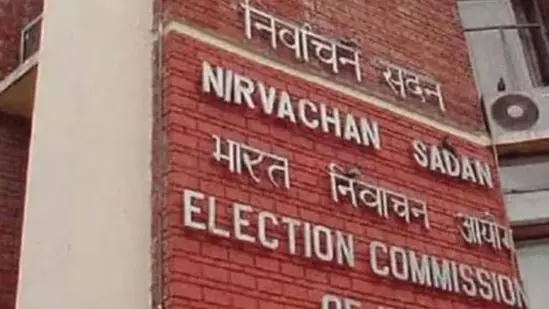Obscenity on social media, the publishing or transmitting of obscene material is a punishable offense under Section 67 and 67A of the Information Technology Act. The punishment for publishing or transmitting obscene material in electronic form or material which contains sexually explicit act or conduct is imprisonment upto five years and fine which may extend to ten lakh rupees.
To understand whether Ranveer Singh’s nude photo shoot is obscene as per law, and whether posting those pictures on Instagram amounts to offence, one needs to understand what constitutes ‘obscene’. The meaning of ‘obscene’ is not as easy to settle on but it must be lascivious or prurient or have the effect of depriving or corrupting someone. Now these terms ‘lascivious’, ‘prurient’, ‘deprave’ and ‘corrupt’ have not been clearly defined, leaving room for interpretation again.
Over the years the hon’ble courts have developed tests to determine whether something is ‘obscene’. Well adopted Miller’s standard include:
(1) Whether the average person, applying contemporary community standards, would find that the work, taken as a whole, appeals to the prurient interest.
(2) Whether the work depicts or describes, in a patently offensive way, sexual conduct specifically defined by the applicable state law.
(3) Whether the work, taken as a whole, lacks serious literary, artistic, political or scientific value.
Obscenity remains one of the most controversial and confounding areas of law. Our hon’ble Courts have struggled through the years to define it. It is like the task of trying to define what may be indefinable. The word obscenity is from one of those words whose meanings are vague or not clear in our Indian Law. The definition of word obscenity would change from time to time. What is obscene in the present day should not be treated as obscene in the future.
The contemporary community standards test takes into account the changing values in society. What was obscene a century or even a decade ago, need not be obscene now. Since community perceptions are not static, what is obscene must also remain a fluid concept. As observed in Udeshi’s case if a reference to sex by itself is considered obscene, no books can be sold except those which are purely religious. It would be safe to say that nudity alone is not enough to make material legally obscene.
Any act that unreasonably interferes with the rights and undermines freedom of speech and expression is unconstitutional. The veil of social morality cannot be used to violate fundamental rights of even a single individual, for the foundation of constitutional morality rests upon the recognition of diversity that pervades the society, as observed by the hon’ble Supreme Court in Navtej Singh Johar v. Union of India. While the constitutional freedom of speech and expression is not absolute and can be subjected to reasonable restrictions on grounds such as ‘decency and morality’ among others, yet it is necessary to tolerate unpopular views in the socio-cultural space.
The commitment to freedom demands that it cannot be suppressed unless: (a) the situations created by allowing the freedom are pressing and the community interest is endangered. (b) the anticipated danger should not be remote, conjectural or far-fetched. (c)It should have a proximate and direct nexus with the expression. (d) The expression of thought should be intrinsically dangerous to the public interest.
As Hidayatullah, C.J. states that the Test of Ordinary Man The test for judging a work should be that of an ordinary man of common sense and prudence and not an “out of the ordinary or hypersensitive man.”
Also one needs to understand that in order to justify prohibition of a particular expression of opinion, it must be able to show that its action was caused by something more than a mere desire to avoid the discomfort and unpleasantness that always accompany an unpopular viewpoint. Technology expands the capacity to choose, hence, any hypersensitive person can subscribe to many other platforms and accounts of their choice, which might not be against the standards of morality of the concerned person.























